FSR 3 is still to come j, but NVIDIA continues to push forward with DLSS. Recently, NVIDIA announced that two games coming out later this month will support Deep Learning Super Sampling (DLSS) 3 technology to improve image quality. The first of these games is SYNCED, a cooperative third-person lootershooter developed by Tencent’s NExT Studios and published under the Level Infinite label. SYNCED had a preview release about eight months ago, which received mixed reviews at the time.
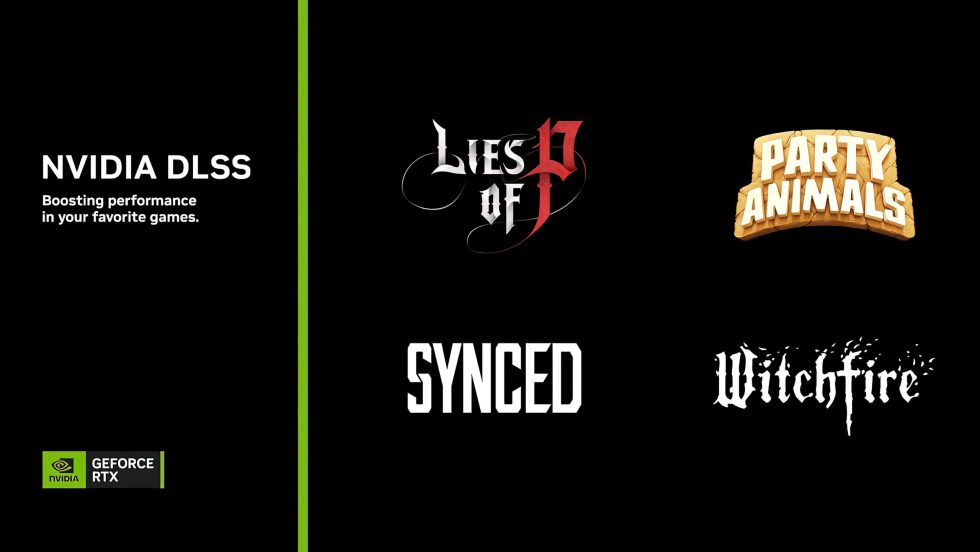
The small size of the game landscapes in SYNCED compared to current standards was particularly criticized. The gameplay mainly revolved around finding surge formations and overcoming surge storms where many nanos were present. After just an hour of play, it became clear that the gameplay experience was quite repetitive, which was also confirmed by team members. The shooting mechanics were solid, but lacked depth and tactical variety. Although the game was quite fun, it struggled to stand out in the competitive world of lootershooters.
Another game that benefits from DLSS 3 technology is Witchfire – a long-awaited dark fantasy roguelite first-person shooter from the indie team called The Astronauts. The Astronauts are known for their previous works such as The Vanishing of Ethan Carter, Painkiller and Bulletstorm, which they developed during their time at People Can Fly. Founder and Creative Director Adrian Chmielarz is excited about the DLSS frame generation, emphasizing that it allows for high frame rates without sacrificing visual quality. This fits perfectly with the combination of action and aesthetics that Witchfire promises. Witchfire will be available in Early Access via the Epic Games Store starting September 20.
In addition to DLSS 3, two other games will be released this month that feature DLSS 2 Super Resolution support. The first game is Lies of P, a Soulslike game by NEOWIZ, which will be released on September 19. It will be shortly followed by Party Animals, a multiplayer party-brawler game that will be released on September 20 and also has Reflex technology integrated to reduce system latency.
Source: WccfTech















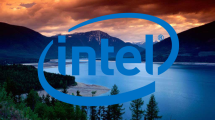
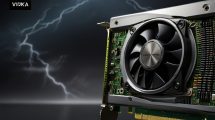
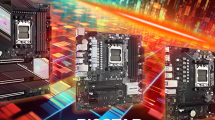




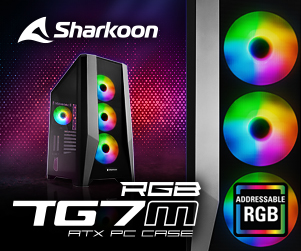

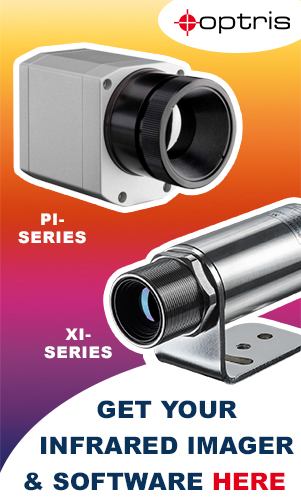
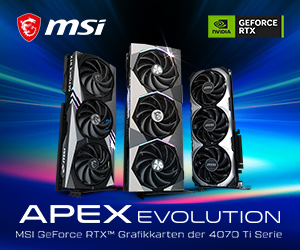
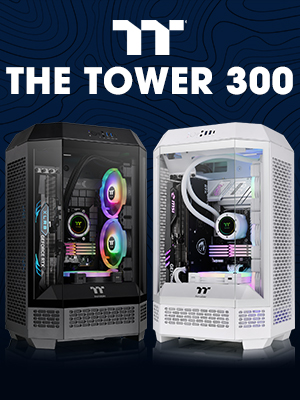

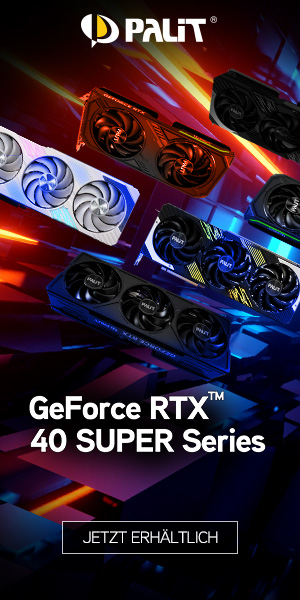

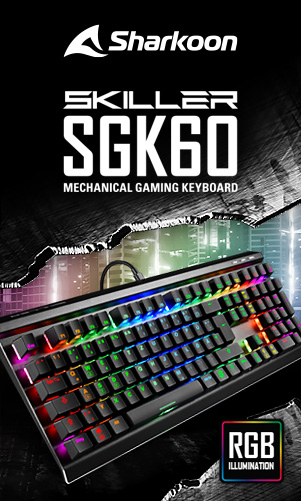

1 Antwort
Kommentar
Lade neue Kommentare
Mitglied
Alle Kommentare lesen unter igor´sLAB Community →